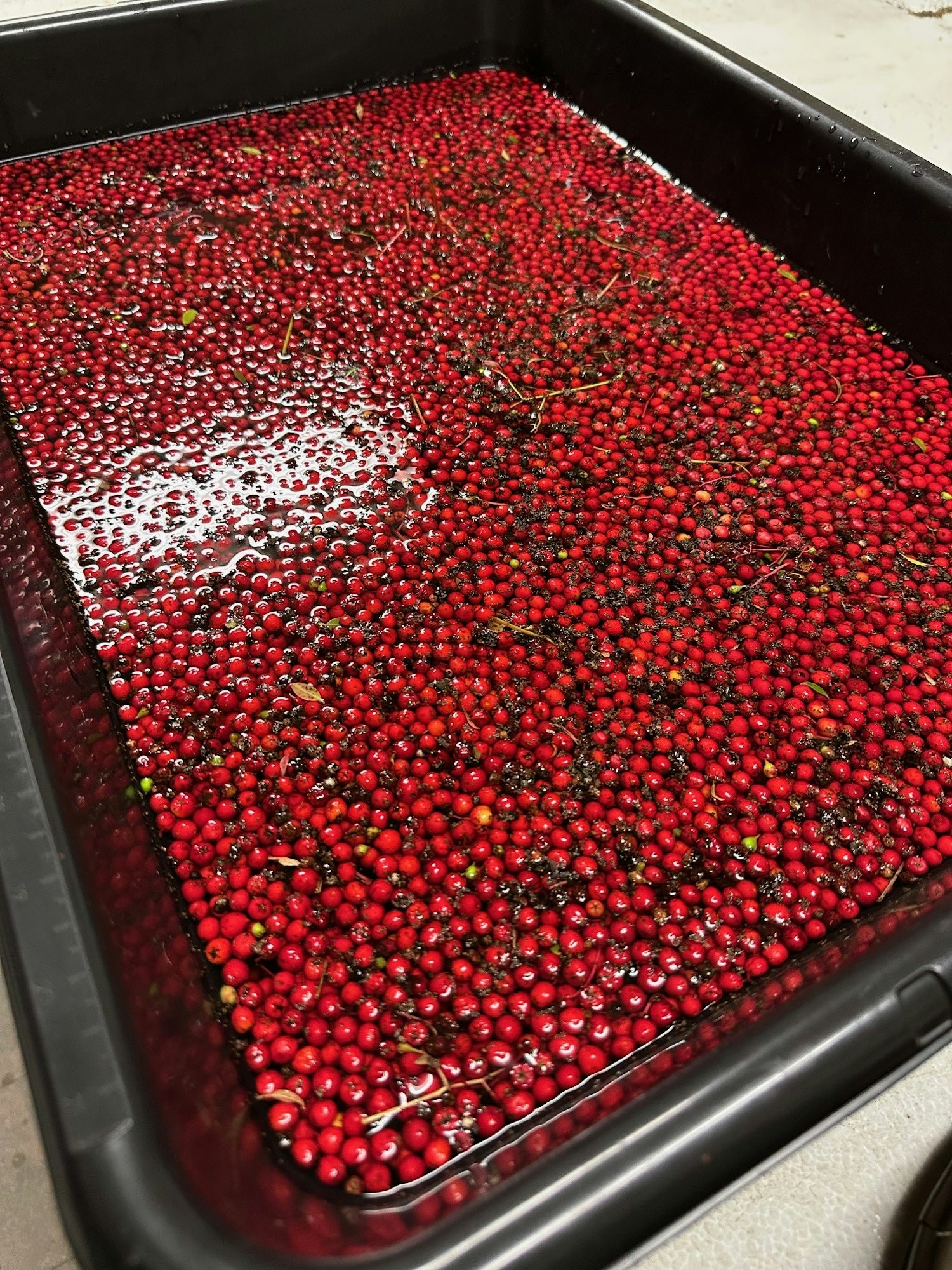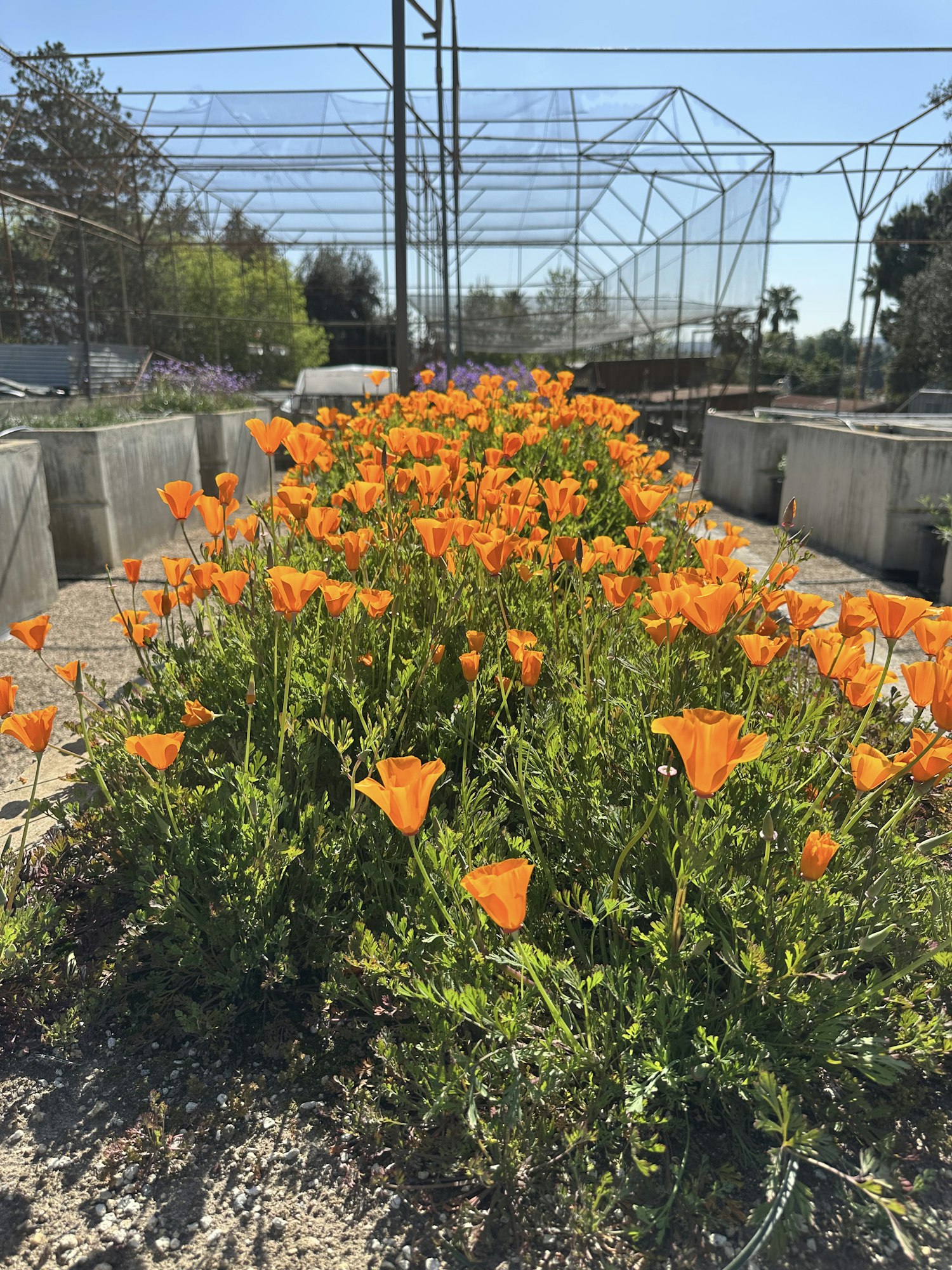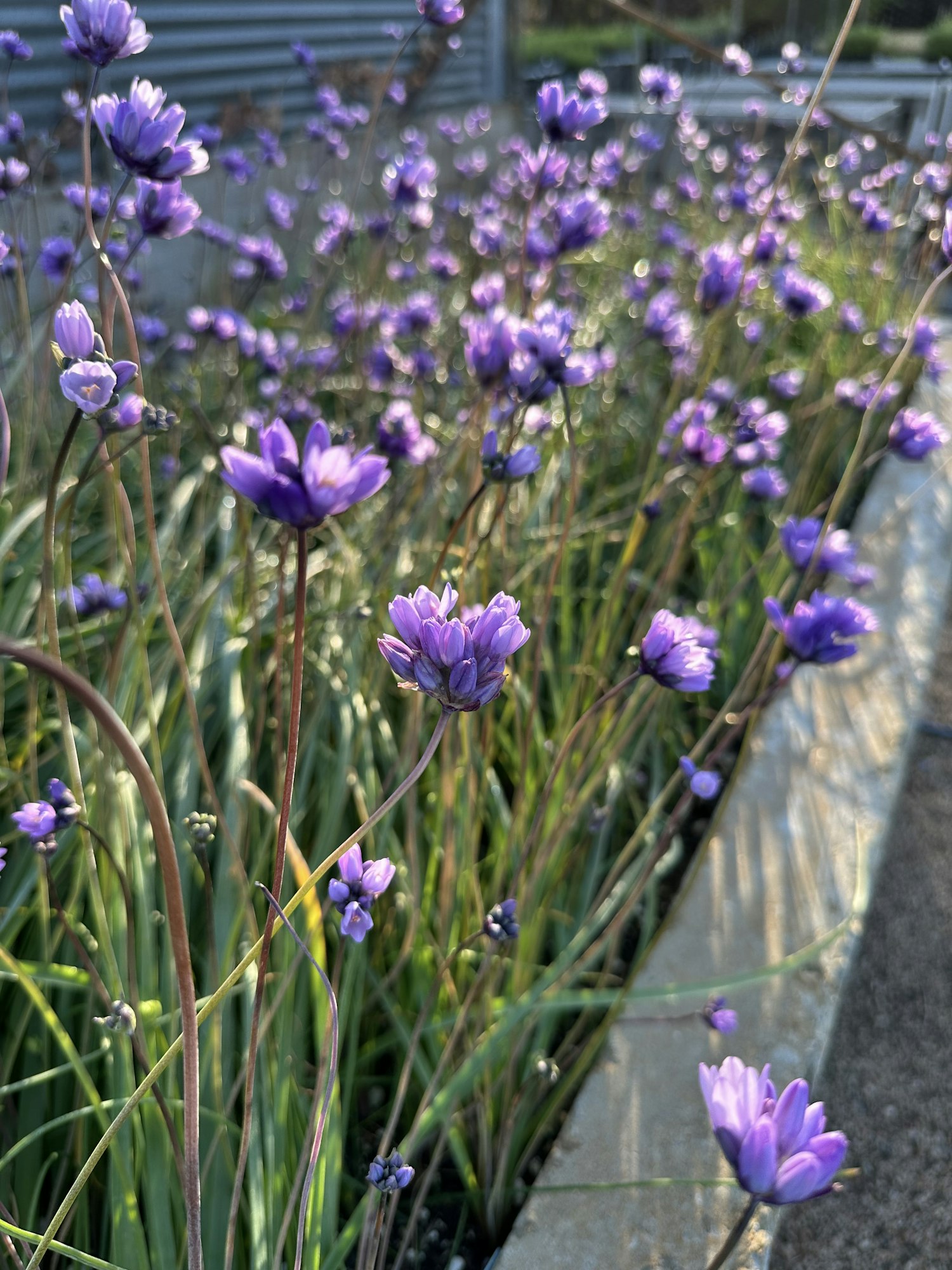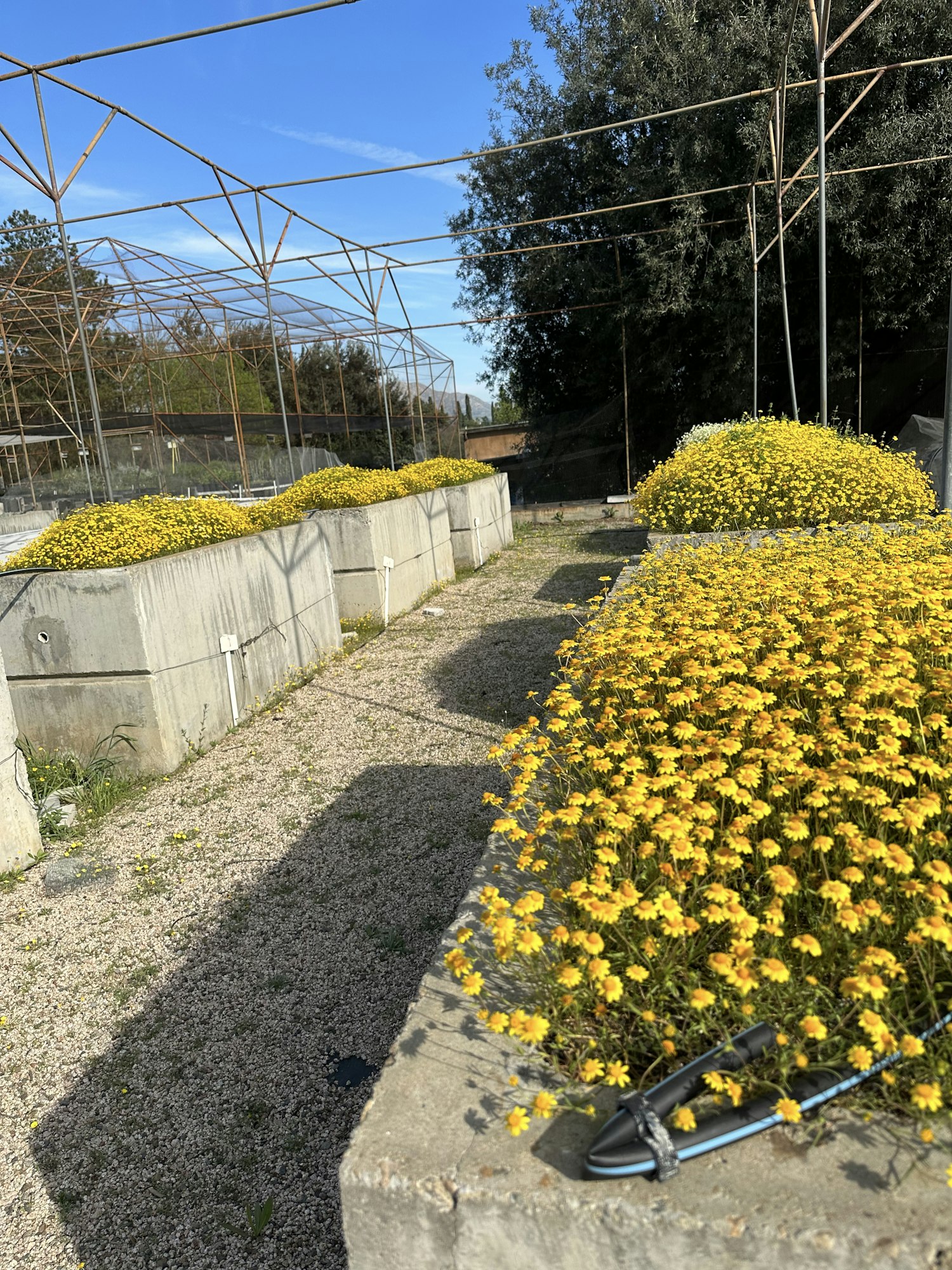Native Plant Materials Program
The Riverside-Corona Resource Conservation District (RCRCD) works with the public and agencies to help provide native plants for habitat restoration, landscaping and other types of planting projects, per Divison 9 of the California Public Resources Code Article 1 Policy 9001 Section B Article 4. . RCRCD propagates plants at its native plant nursery for a variety of re-vegetation projects within the District and has refrigerated seed storage facilities for locally collected seed.
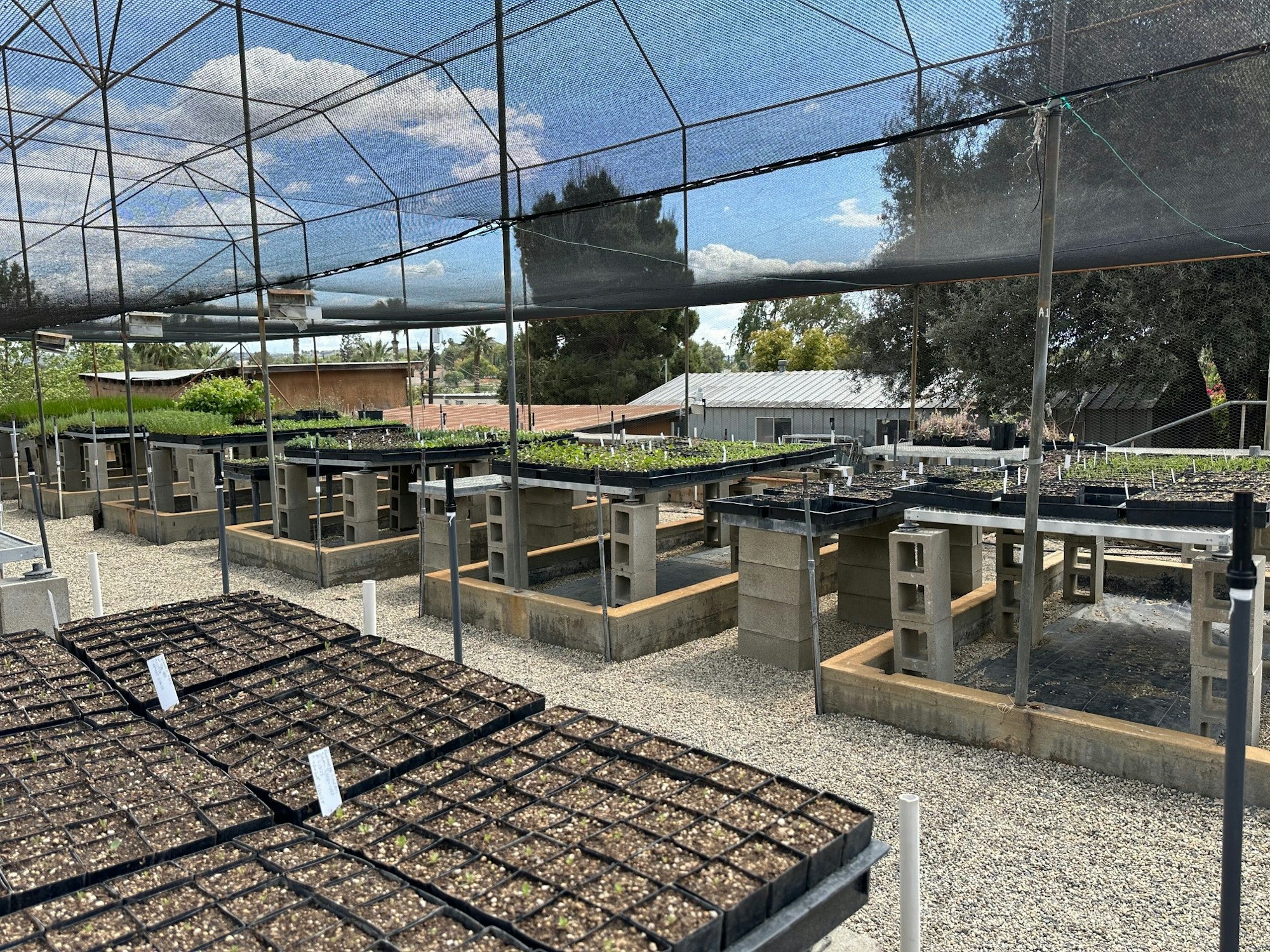
The RCRCD nursery has adapted phyto-sanitary practices to prevent the unintended introduction of pathogens and pests to restoration sites. In 2024 the nursery received certification as an official producer of clean nursery stock by the Acreditation to Improve Restoration (AIR) program.
The RCRCD does not keep large quantities of plants in stock. Most plants are grown on a contract basis. If you are interested in contract grow it is recommended that you contact the Nursery Operation Manager one to two years before your project’s planting date.
Native Seed Collections
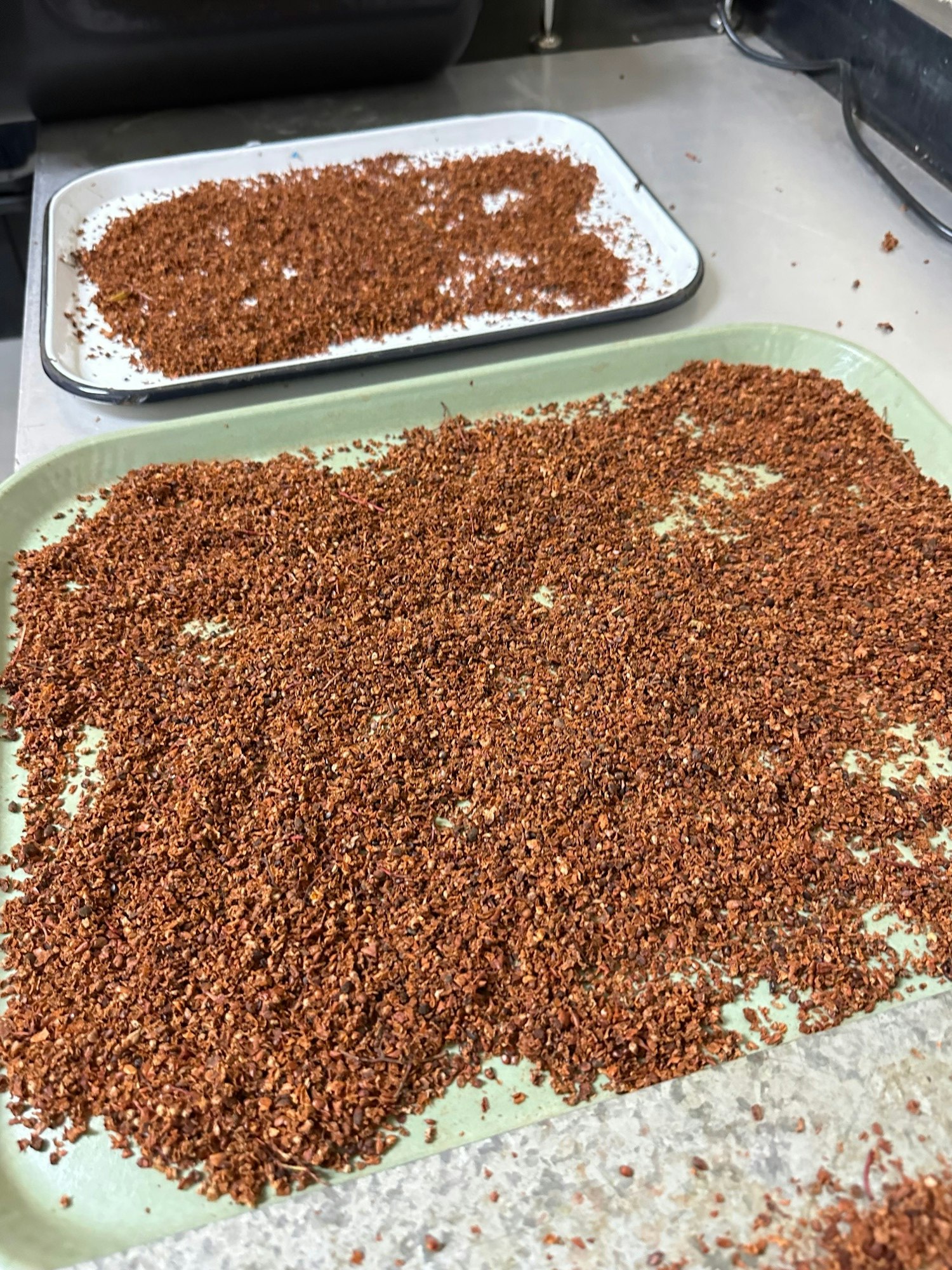
Staff stores special collections of seeds for projects in two walk-in cold rooms that were renovated in 2024. The temperature and relative humidity are controlled in the storage rooms so that seeds remain viable for longer. The stored seeds are used primarily to propagate plants for restoration, water quality, and bank stabilization projects. The RCRCD can store a limited amount of seed for use by cooperators. For example, the RCRCD stored seed farmed by the Irvine Ranch Conservancy for several years while their storage facility was under development. Their native plant seeds will be used for the Conservancy’s future restoration projects.
The RCRCD staff surveys sites for potential seed collection and applies for permits to collect on public lands. Staff conducts seed collection to reflect the genetic diversity of natural populations. The extended drought has made it difficult to find and collect viable seeds. It has become increasingly important to collect and store seeds during relatively high rainfall years.


